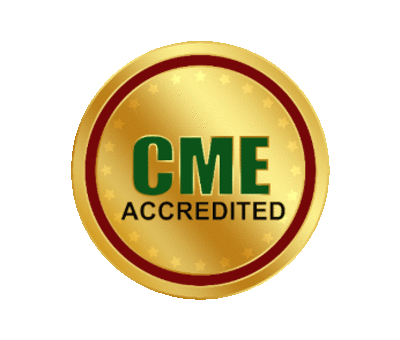
Amelie Stritzke
University of Calgary, Canada
Title: Neonatal arterial hypertension: What to do about it?
Biography
Biography: Amelie Stritzke
Abstract
Statement of the Problem: Extremely preterm infants are at higher risk than their term born peers to be affected by arterial hypertension beyond their stay in the Neonatal Intensive Care Unit (NICU). Modifiable and unmodifiable risk factors together create a phenotype that may contribute to cardiovascular and renal disease much later in life. For the primary care physician providing care after discharge from the NICU, guidance for diagnosis of arterial hypertension, treatment indications, and strategies aimed at improving outcomes are often not clear.
Methods: This is an evidence-based review of the risk factors, prevalence, and definition of arterial hypertension in neonates, particularly those born preterm. It includes state-of-the art renal conservation strategies inside and outside the NICU which may amend further, especially renal insult, in an attempt to improve long-term outcomes.
Findings: Determinants of blood pressure values and their measurement in neonates will be discussed. Implications of developmental origins of adult-cardio-vascular disease in preterm populations and management suggestions will be discussed.
Conclusion & Significance: This evidence-based review aims at giving health care providers a guideline in understanding the often renal impact on the development of neonatal arterial hypertension in this high-risk population. Furthermore, potential foundation of neonatal arterial hypertension in maturational disturbances are laid out, as well as the long-term implications and screening strategies, and especially, the treatment indications in an attempt to mitigate potential damage and improve long-term cardiovascular health.

